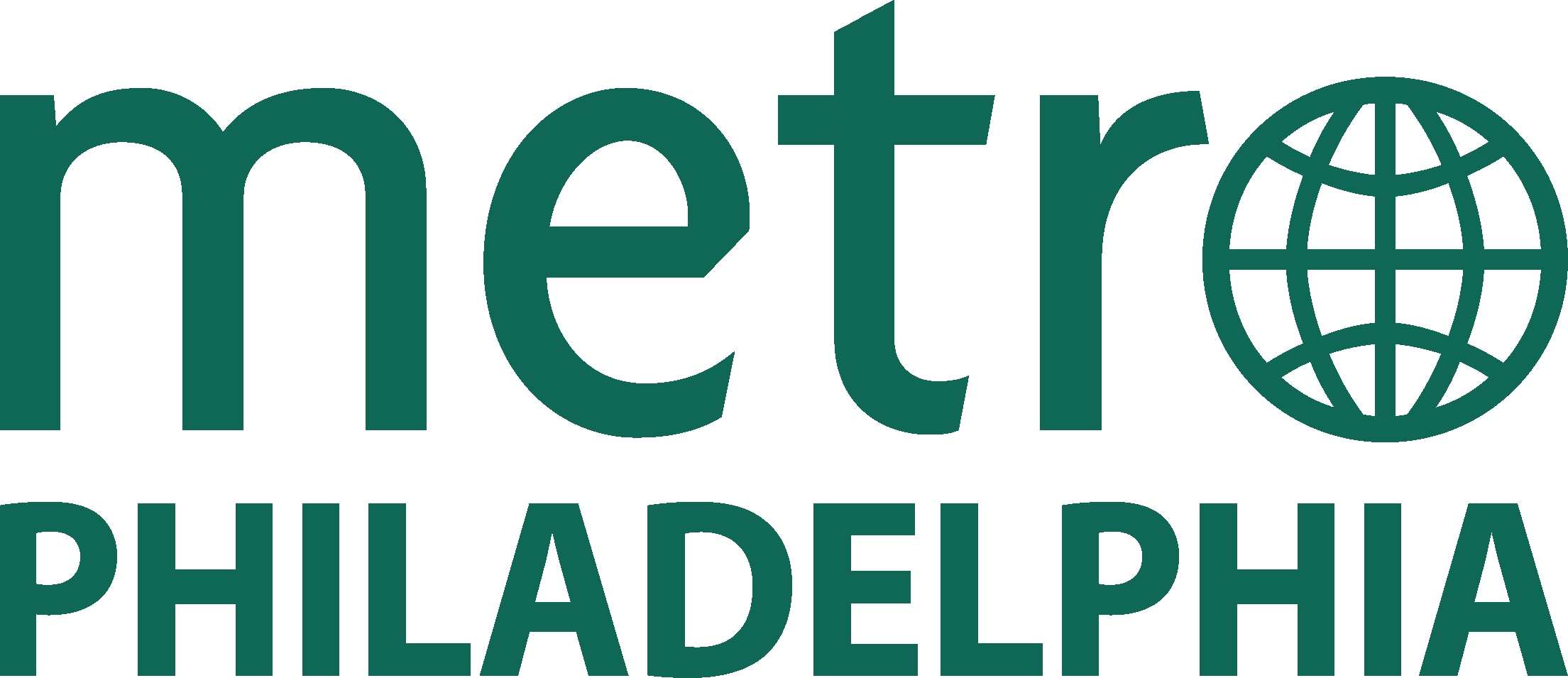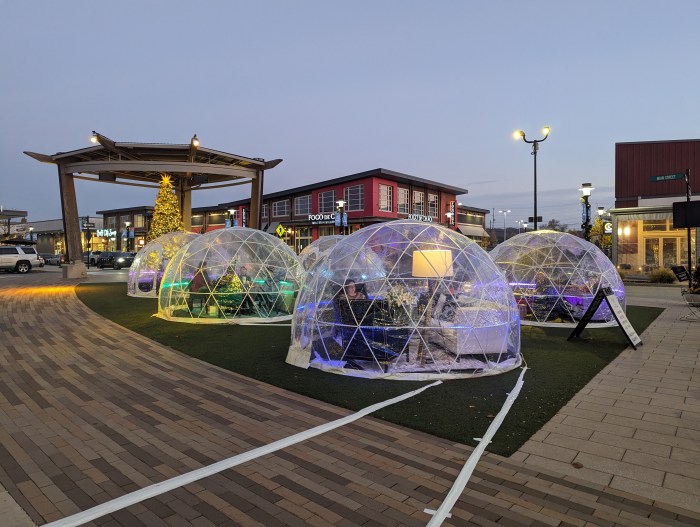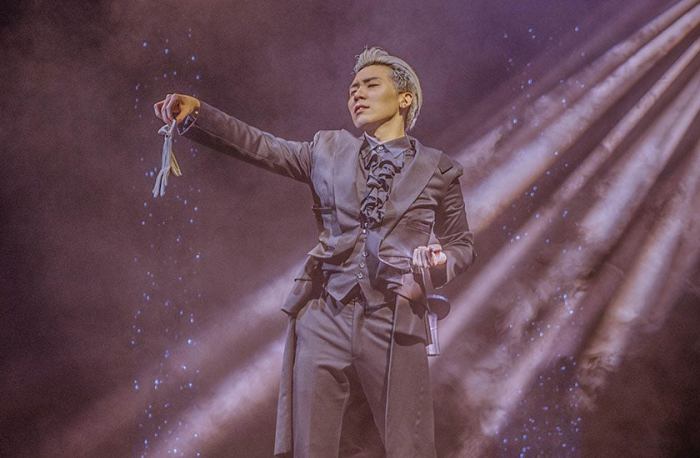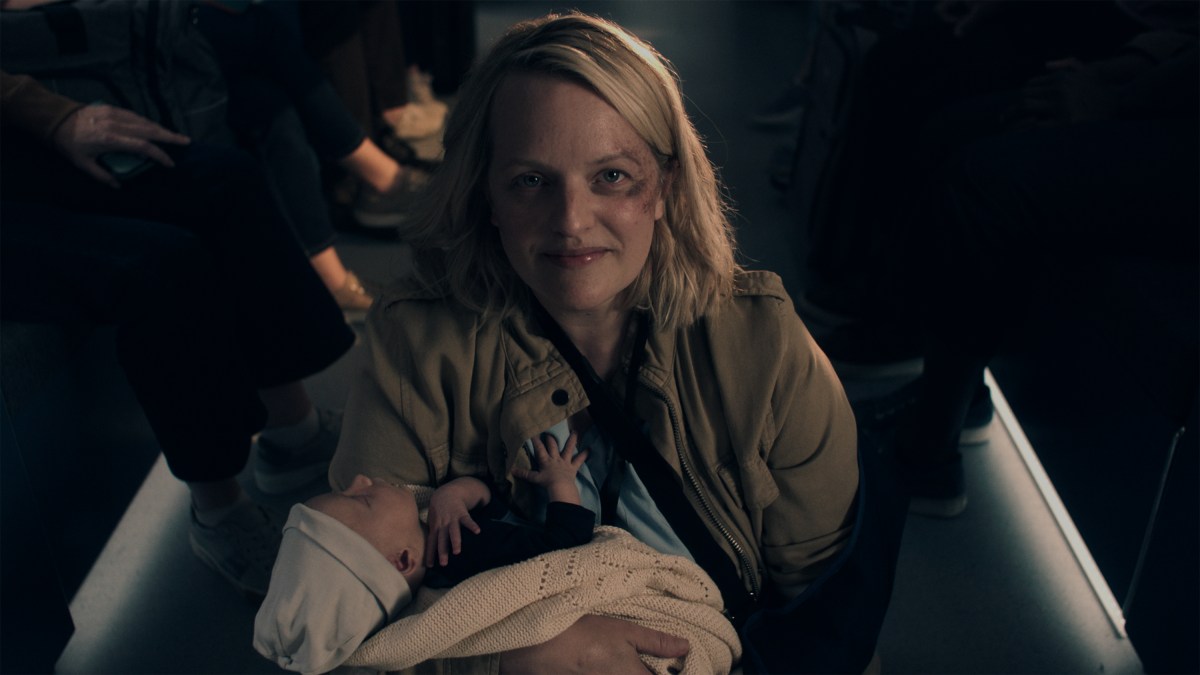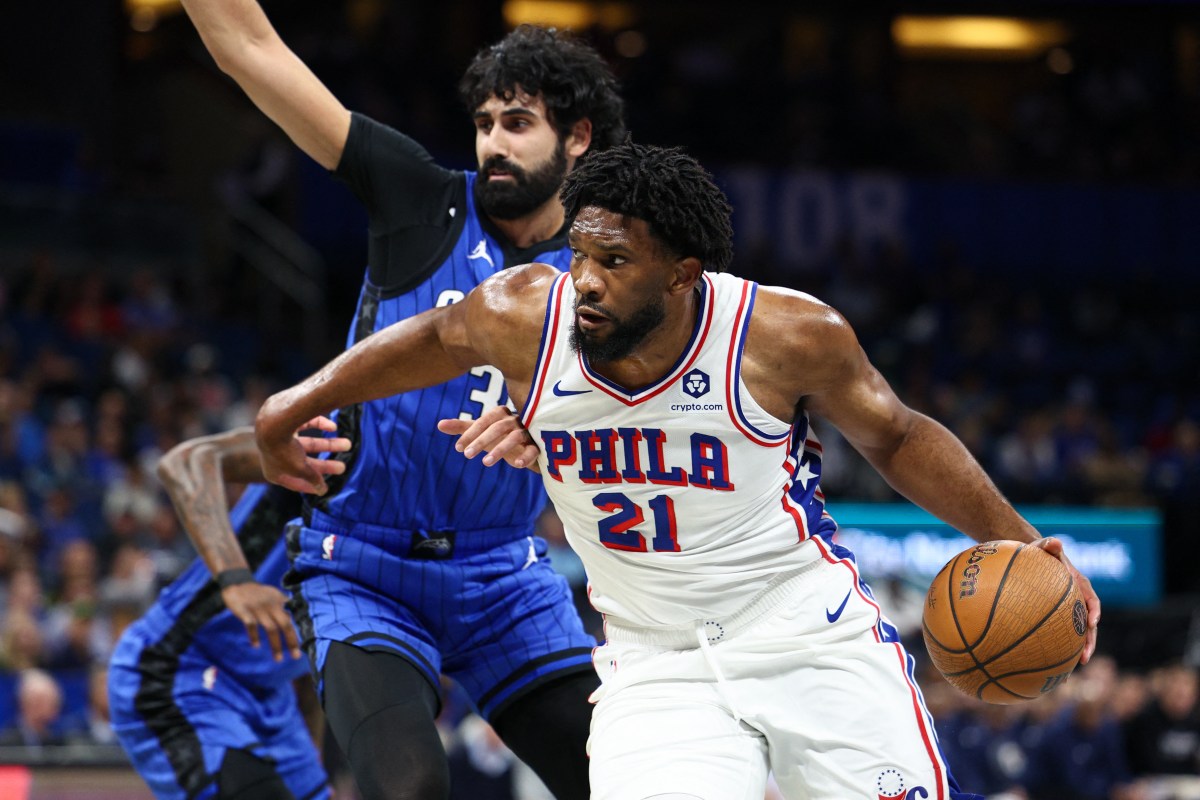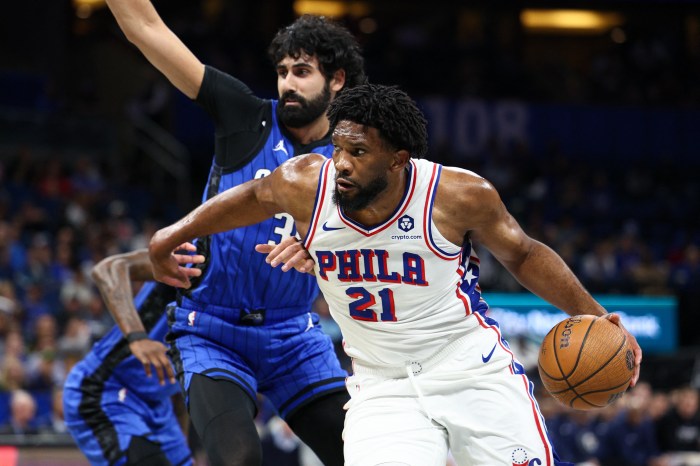In the 21st century, with people doing research online and reading books and magazines on tablets and smartphones, what is the role of the college library?
“Libraries today are very different entities than just, for lack of a better term, warehouses for books,” says Joe Lucia, university librarian and director of Falvey Memorial Library at Villanova University. “We like to call them learning environments. Now we’re trying to create an enhanced and richer learning environment.”
To do that, Villanova gutted the second floor of the library last August to build a new learning commons, which was officially dedicated on Feb. 17. Designed by BLT architects of Philadelphia, the commons features study and meeting spaces as well as offices. Clear interior walls allow views of the outdoors, even from the middle of the building.
A central lounge area has multipurpose rooms arranged around it. “These can be used for presentations and meetings, [as well as] for group and private study,” Lucia explains. “They’re equipped with state-of-the-art display technology for streaming videos; people can hook up their laptops for presentations. The configurable furniture can be rearranged for different types of activities.”
In addition to study areas, the commons will be home to the library’s research librarians, plus the university’s Learning Support Services office, writing lab and math lab. “We’re offering both services and facilities there,” Lucia explains, “all in the ways that contemporary students require.”
New tradition
Villanova’s learning commons is very modern — but also traditional in some ways.
“Libraries have never just been about the stuff on the shelves,” Lucia says. “They’re social and public places where people interact, sites for the discovery of knowledge. This has been so since the library in Alexandria,” in ancient Egypt, the first known library.


